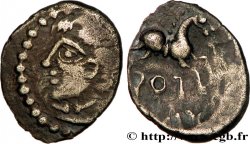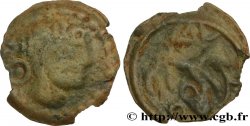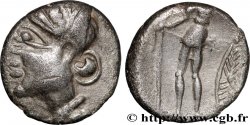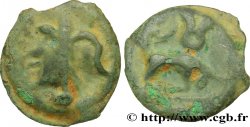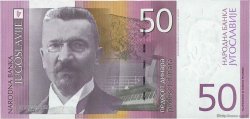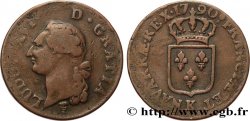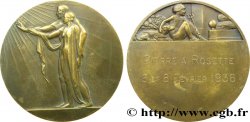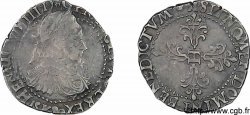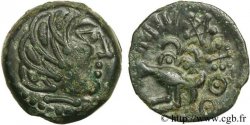bga_472576 - EDUENS, ÆDUI (BIBRACTE, Area of the Mont-Beuvray) Quart de statère au bige et à la lyre
Not available.
Item sold on our e-shop (2018)
Price : 2 800.00 €
Item sold on our e-shop (2018)
Price : 2 800.00 €
Type : Quart de statère au bige et à la lyre
Date: Ier siècle avant J.-C.
Mint name / Town : Autun (71)
Metal : gold
Diameter : 11 mm
Orientation dies : 1 h.
Weight : 1,95 g.
Rarity : R3
Coments on the condition:
Superbe petite monnaie avec des types complets et de frappe vigoureuse. Malheureusement, trois petits coups assez profonds sont à signaler au revers
Catalogue references :
Predigree :
Cet exemplaire provient de la collection Raymond D. (1948-2017), il a été acquis auprès C. N. B. en novembre 1992 (5.000 fr).
Obverse
Obverse legend : ANÉPIGRAPHE.
Obverse description : Tête à droite, la chevelure en grosse mèches enroulées ; un globule sur le front.
Reverse
Reverse legend : ANÉPIGRAPHE.
Reverse description : Bige à gauche, un épi sous les chevaux, conduit par un aurige en bord de flan, avec la roue du char visible.
Commentary
L’attribution de ce type de quart semble osciller plus ou moins arbitrairement entre les Arvernes et les Éduens. Castelin classe celui du musée de Zurich dans les Séries moyennes des imitations de Philippe II. Les exemplaires DT. 3381-3382 constituent le Type II “à la lyre et à l’épis” (?) alors qu’aucune de ces monnaie n’a d’épis... Ces deux quarts sont d’un type comparables au DT. 3379A. Le n° 59 du musée de Caen est très proche, mais issu d’un coin de droit usé, comme le DT. 3381 (= BN. 4838 illustré dans le La Tour). Il est surprenant que ce type ne soit pas repris dans l'article de D. Allen sur les monnaies d’or imitées de Philippe dans la Revue Suisse de Numismatique de 1974.
Un exemplaire de même type que notre quart, mais un peu moins joli, a été vendu 1.800€ dans la vente ALDE du 14 juin 2010, Collection d’un Amateur Bourguignon, n° 1.
Un exemplaire de même type que notre quart, mais un peu moins joli, a été vendu 1.800€ dans la vente ALDE du 14 juin 2010, Collection d’un Amateur Bourguignon, n° 1.








 Report a mistake
Report a mistake Print the page
Print the page Share my selection
Share my selection Ask a question
Ask a question Consign / sell
Consign / sell
 Full data
Full data
